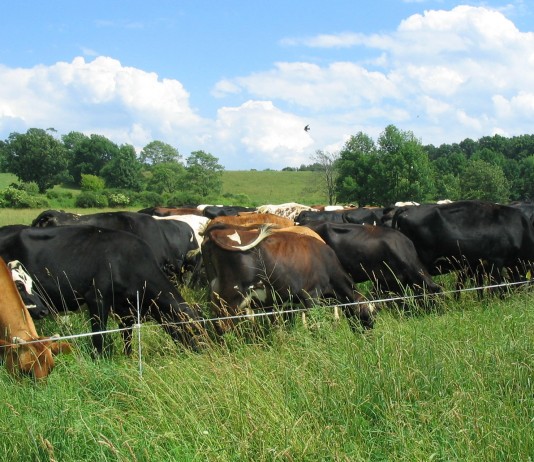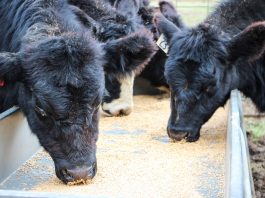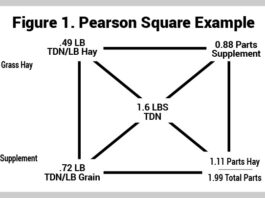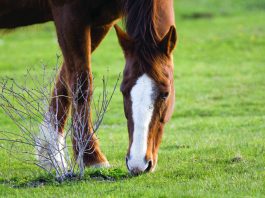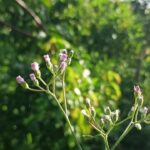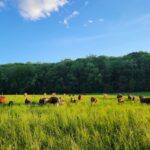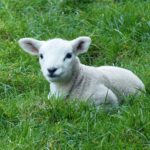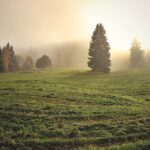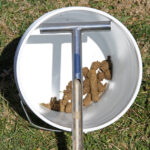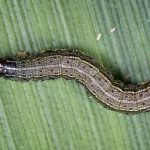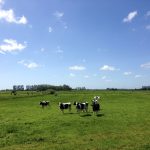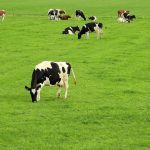How to manage weeds in a drought
We are noticing weeds more because that is what is left in the fields, and this could lead to more weed problems in the future, writes Jordan Penrose.
What to consider when making decisions during drought
Ohio State Extension educator Garth Ruff offers advice on how to feed livestock and conserve resources amid drought.
Quick! Do you know where your livestock are now?
Using management-intensive grazing or rotational grazing can help producers maintain healthy forages in their pastures.
How to manage alfalfa in the fall
Ohio State Extension educator Jason Hartschuh explains different scenarios that can impact an alfalfa stand's regrowth the following spring.
Determining pasture fertility and lime needs
If it’s been a while since you’ve evaluated the lime and fertility needs of your pastures, it's time to develop a plan to collect samples.
Future productivity starts with a well-managed program
For graziers and hay producers, the summer months are the perfect time to begin planning for management of our forages this fall and into next spring
Understanding the physiology of pasture grasses
Understanding the physiology of grasses in your pastures can help you make good decisions throughout the growing season.
How to deal with pasture and forage pests
Ohio State Extension educator shares best practices for managing pests in pastures and forage fields.
Regenerative grazing can aid soil
To fully understand how regenerative ag practices work to mitigate climate change, you have to understand soil carbon sequestration and why it’s important.
Optimizing high forage yields
Ohio State Extension educator Clif Martin share tips for optimizing your forage yields and preventing overgrazing.






